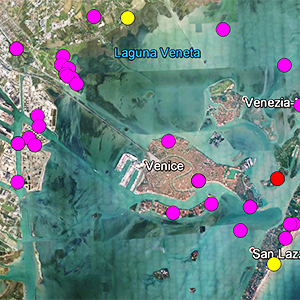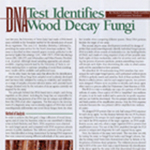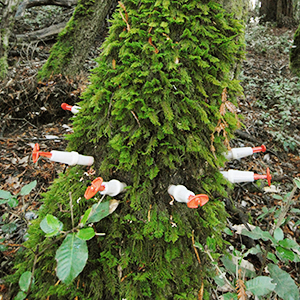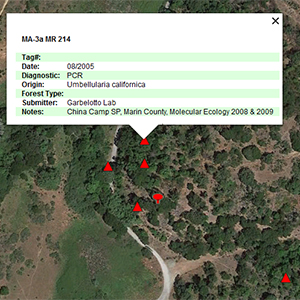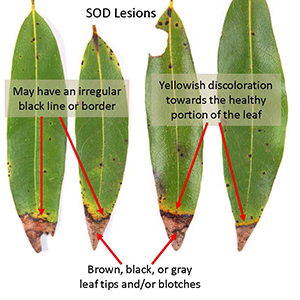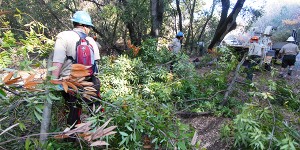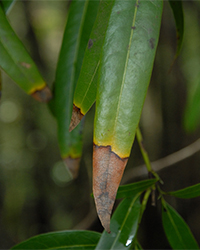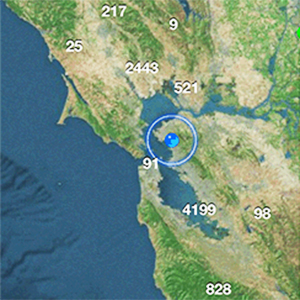Quarantine Alert – Heterobasidion irregulare
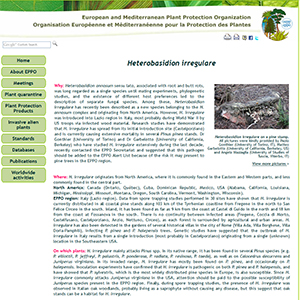
The U.C. Berkeley Forest Pathology Lab directed by Matteo Garbelotto and the Gonthier Lab at the University of Turin, Italy, have jointly discovered the US military transported H. irregulare from North America to Italy in 1944, and have spearheaded most of the research on its invasion process. In October 2013, thanks to their efforts, Heterobasidion irregulare was included in the alert list of fungi by the European and Mediterranean Plant Protection Organization (EPPO). The H. annosum species complex comprises necrotrophic pathogens regarded as the most destructive disease agents of conifers. In the past 40 years, H. annosum s.l. has been the object of more than 1,700 scientific papers, which makes it one of the most intensively studied forest fungi. The complete genome sequence of the fungus is now available, making H. annosum s.l. the first sequenced plant pathogenic homobasidiomycete. Furthermore, it is one of the few examples of a forest pathogen that can be and has been controlled in managed forests. The understanding that two sister allopatric species are now sympatric because of a human-linked intercontinental movement of one of the two, provides the scientific community with the opportunity to understand in-depth the ecological similarities and differences among species within the complex.Pertinent publications from the Berkeley-Turin groups: Giordano, L., Gonthier, P., Lione, G., Capretti, P., M., Garbelotto, M. (2013) The saprobic and fruiting abilities of the exotic forest pathogen Heterobasidion irregulare may explain its invasiveness. Biol Invasions DOI 10.1007/s10530-013-0538-4 PDFGarbelotto M., Gonthier, P. (2013) Biology, Epidemiology, and Control of Heterobasidion Species Worldwide. Annu. Rev. Phytopathol. 51:39-59. PDFGarbelotto M., Guglielmo, F., Mascheretti, S., Croucher, P., Gonthier, P. (2013) Population genetic analyses provide insights on the introduction pathway and spread patterns of the North American forest pathogen Heterobasidion irregulare in Italy. Molecular Ecology, 22: 4855-4869 doi: 10.1111/mec.12452. PDF Gonthier, P., Lione, G., Giordano, L., Garbelotto, M. (2012) The American forest pathogen Heterobasidion irregulare colonizes unexpected habitats after its introduction in Italy. Ecological Applications 22(8) 2135-2143. PDF Gonthier, P. & Garbelotto, M. (2011) Amplified fragment length polymorphism and sequence analyses reveal massive gene introgression from the European fungal pathogen Heterobasidion annosum into its introduced congener H. irregulare. Molecular Ecology 20, 2756-2770 PDF Otrosina, W. & Garbelotto, M. (2009) Heterobasidion occidentale sp. nov. and Heterobasidion irregulare nom. nov.: A disposition of North American Heterobasidion biological species. Mycological Research, doi:101016/j mycres 2009.09.001 PDF Garbelotto, M., Linzer, R., Nicolotti, G., & Gonthier, P. (2009) Comparing the influences of ecological and evolutionary factors on the successful invasion of a fungal forest pathogen. Biol Invasions, doi: 10.1007/s10530-009-9514-4 PDF Linzer, R. E., Otrosina, W. J., Gonthier, P., Bruhn, J., Laflamme, G., Bussieres, G., & Garbelotto, M. (2008) Inferences on the phylogeography of the fungal pathogen Heterobasidion annosum, including evidence of interspecific horizontal genetig transfer and of human-mediated, long-range dispersal. Mol. Phylogenet. Evol., 46, 844-862. PDF Gonthier, P., Nicolotti, G., Linzer, R., Guglielmo, F., & Garbelotto, M. (2007) Invasion of European pine stands by a North American forest pathogen and its hybridization with a native infertile taxon. Molecular Ecology, 16, 1389-1400. PDF |
|

